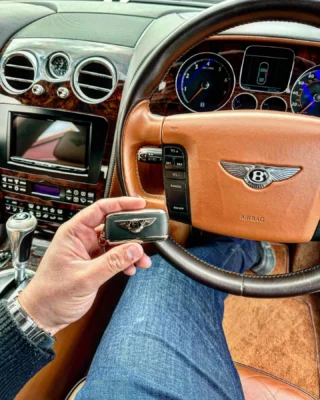Comprehensive Guide to Door Lock Repair: Ensuring Security and Functionality
Door locks play a crucial role in protecting homes and services, offering assurance and safeguarding important assets. Nevertheless, in time, door locks might experience malfunctions or wear due to various factors. TheKeyLab out the typical problems associated with door locks, effective repair techniques, and valuable maintenance ideas for guaranteeing their durability and functionality.
Understanding Door Lock Types
Before diving into repair techniques, it is necessary to understand the various kinds of door locks. Each type might present distinct issues requiring different methods to repair. The most typical door lock types consist of:
| Lock Type | Description | Common Issues |
|---|---|---|
| Deadbolts | Bolt that extends into the door frame for security. | Sticking, problem turning, misalignment |
| Knob Locks | Cylindrical lock discovered on doors. | Loose knobs, stuck key, broken springs |
| Lever Handle Locks | Lever-operated locks typically discovered in commercial spaces. | Manage looseness, lock cylinder problems |
| Smart Locks | Electronic locks controlled via app or keypad. | Connection issues, battery failure, software application problems |
Typical Lock Problems and Repair Techniques
1. Sticking or Jammed Locks
Signs:
- Difficulty turning the key
- Key gets stuck
- Lock feels stiff
Repair Steps:
- Lubrication: Apply a graphite-based lube to the keyhole and key mechanism. Prevent oil-based lubricants, which can attract dirt.
- Modification: Check if the door or lock is misaligned. Adjust the screws or hinge positioning as required.
- Cleansing: Remove dirt and particles from the lock cylinder using compressed air or a tidy fabric.
2. Loose or Wobbly Knobs and Handles
Symptoms:
- Knobs or handles fall out of location
- Extreme movement when turning
Repair Steps:
- Tightening Screws: Using a screwdriver, tighten up the screws that hold the knob or handle in place.
- Replacing Washers: If parts are worn, think about changing washers or internal elements specific to the lock type.
3. Broken Key Issues
Signs:
- A key ends up being stuck within the lock
- The key breaks off in the cylinder
Repair Steps:
- Retrieval: If a key breaks off, use a set of needle-nose pliers to carefully extract the piece from the lock.
- Key Replacement: For severely harmed keys, obtain a duplicate or rekey the lock to make sure security.
4. Misaligned Locks
Signs:
- The door does not close correctly
- Latch does not engage with the strike plate
Repair Steps:
- Adjust Hinges: Use a screwdriver to tighten up or reposition hinges.
- Straighten Strike Plate: If the latch bolt does not associate the strike plate, think about moving the plate a little to accommodate the latch.
5. Smart Lock Malfunctions
Symptoms:
- Lock fails to react to keypads or smart device apps
- Connectivity concerns
Repair Steps:
- Battery Check: Replace the batteries within the smart lock if it shows signs of power failure.
- Software application Update: Check for firmware or software updates through the lock maker's application.
Preventive Maintenance Tips
Preserving door locks can lengthen their lifespan and reduce the likelihood of malfunctions. Think about the following suggestions for efficient lock maintenance:
- Regular Lubrication: Apply graphite-based lubricant every six months to keep internal elements moving smoothly.
- Examine Regularly: Periodically check locks for any indications of wear, misalignment, or damage.
- Safeguard Against Weather: For exterior locks, think about using weather-resistant locks and ensure that they are frequently cleaned up to remove extreme aspects.
Frequently asked question Section
1. How frequently should I alter my door locks?
It is advisable to change your door locks whenever you move into a new home, experience a break-in, or your current locks show considerable wear. Routine inspections can also assist timely replacement.
2. What can I do if my lock is frozen throughout winter?
Use a lock de-icer that is particularly developed for this circumstance. Applying heat (like a hair clothes dryer) might also assist, however be cautious of damaging the lock.
3. Can I repair a lock myself?
Many small lock problems such as lubrication, tightening up screws, and adjustment can be solved DIY. However, if the issue is severe or needs a lock rekeying, expert help might be required.
4. When should I call a locksmith?
If your attempts to repair the lock stop working or if you discover yourself locked out, it is best to seek advice from an expert locksmith for support.
Investing time in understanding and carrying out door lock repairs can substantially enhance the security and performance of your locks. Acknowledging common problems and proactively addressing them, while including preventive maintenance practices, can guarantee that your door locks stay reliable for several years to come. Need to issues continue or escalate, professional locksmith services are constantly available to protect your security requires.

